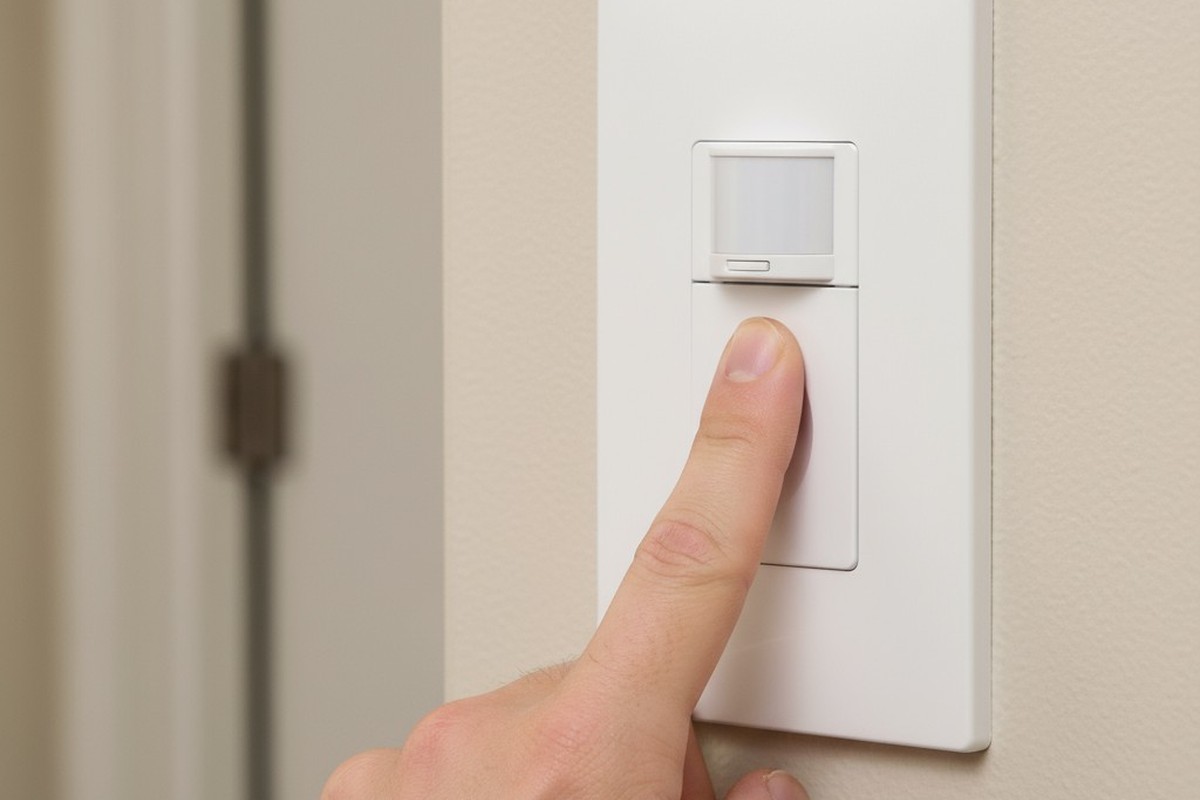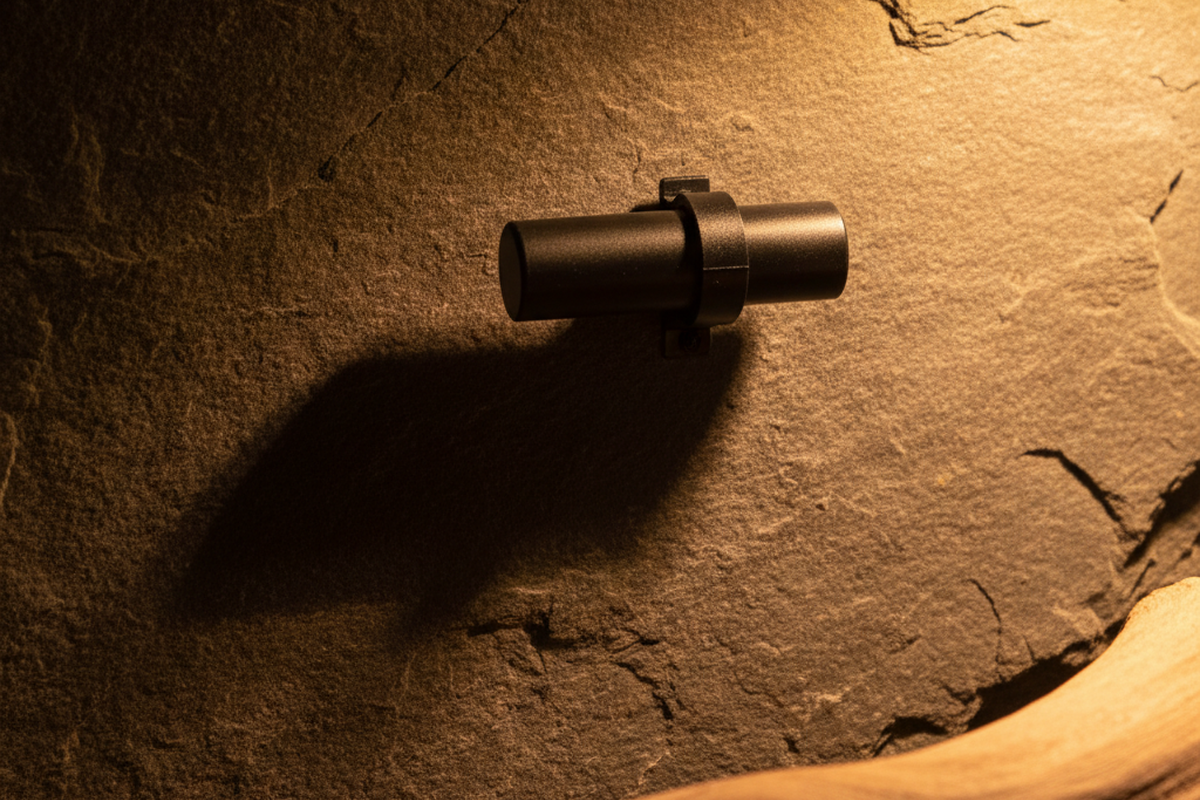Motion sensor lighting promises convenience, but for families with toddlers, it often creates more problems than it solves. Picture the scene: a toddler stirs at 2 a.m., shuffles toward the bathroom, and a sensor-controlled light snaps on at full brightness. The harsh glare jolts the child awake, alerts the parents, and often wakes a spouse or sibling. What began as a simple bathroom trip has now escalated into an hour-long struggle to get the entire household back to sleep.
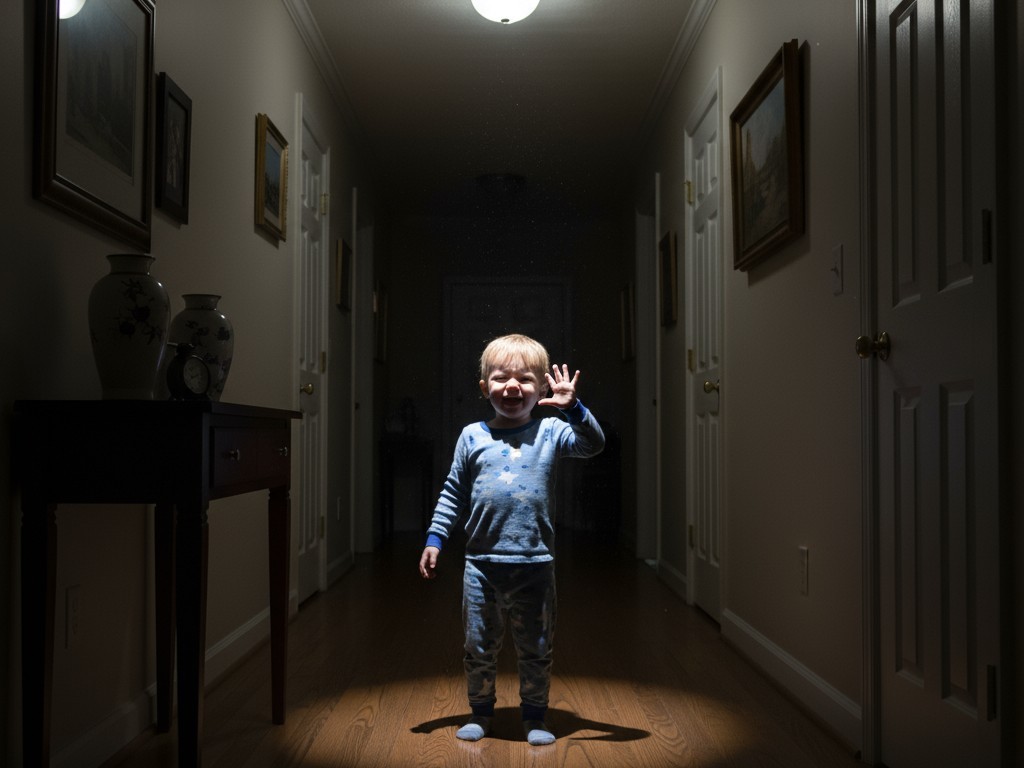
The dilemma seems impossible. Darkness invites falls and confusion for a small child navigating a familiar space on unsteady legs. Yet bright, motion-triggered lights destroy any hope of preserving the drowsy state that allows a quick return to bed. Most families resign themselves to this trade-off, assuming motion sensors force a choice between safety and sleep.
They don’t have to. Vacancy mode, a lesser-known sensor configuration, dissolves this false choice. Unlike standard occupancy mode, which automatically blasts lights on at the first sign of movement, vacancy mode requires someone to flip a switch to turn the lights on. It only automates the shutoff. This simple inversion of control—putting the “on” decision in human hands—transforms the technology from a sleep disruptor into a sleep protector. When combined with low-lux activation, which helps sensors detect motion in minimal light, vacancy mode delivers the gentle, predictable illumination that toddler households desperately need.
The Midnight Motion Sensor Dilemma
Toddlers move in ways that standard motion sensors were never designed for. Unlike adults, toddlers between one and four wake frequently due to shifting sleep patterns, dreams, or simple curiosity. A toddler might wander through a hallway a dozen times a week with the unpredictable gait of someone still mastering balance.
Occupancy mode, the default setting on most systems, interprets any motion as a command to switch on the lights at full power. The logic is simple: motion means someone is present, and presence requires light. This works perfectly in an office building or a garage, where sudden brightness isn’t a problem.
In a toddler’s world, this logic is a catastrophe. The sensor can’t distinguish a groggy toddler from a wide-awake adult. It can’t adjust for the time of day or the fact that the person it just detected is half-asleep. It just activates, flooding the space with daytime-level light. The toddler, who might have returned to bed with minimal disruption, is now staring down a brightly lit hallway. The sudden glare triggers a cortisol response, a neurological alert that signals the brain to be fully awake. The cascade begins.
The problem isn’t the light itself, but the loss of control over when and how it appears. Families need illumination that serves their needs, not a system that imposes itself at the worst possible moment.
Occupancy vs. Vacancy: A Foundational Difference
Motion sensors don’t just turn lights on and off; they operate on a specific control logic that dictates who—or what—is in charge.
Occupancy Mode: The Assumption of Need
Occupancy mode is fully automated. The sensor controls both the “on” and “off” functions. When it detects motion, the light activates. When motion ceases for a set time, typically 30 seconds to several minutes, the light deactivates. The system assumes that if you are there, you want light.
The appeal is obvious. You can walk into a pantry with your hands full of groceries and not have to fumble for a switch. In many contexts, this assumption holds true. The sensor is a silent, efficient servant.
Looking For Motion-Activated Energy-Saving Solutions?
Contact us for complete PIR motion sensors, motion-activated energy-saving products, motion sensor switches, and Occupancy/Vacancy commercial solutions.
The cost, however, is a complete surrender of discretion. The sensor cannot know if the person it detects actually wants light or would prefer darkness. It activates because it was designed to, and you have to live with the result.
Vacancy Mode: Control Returned
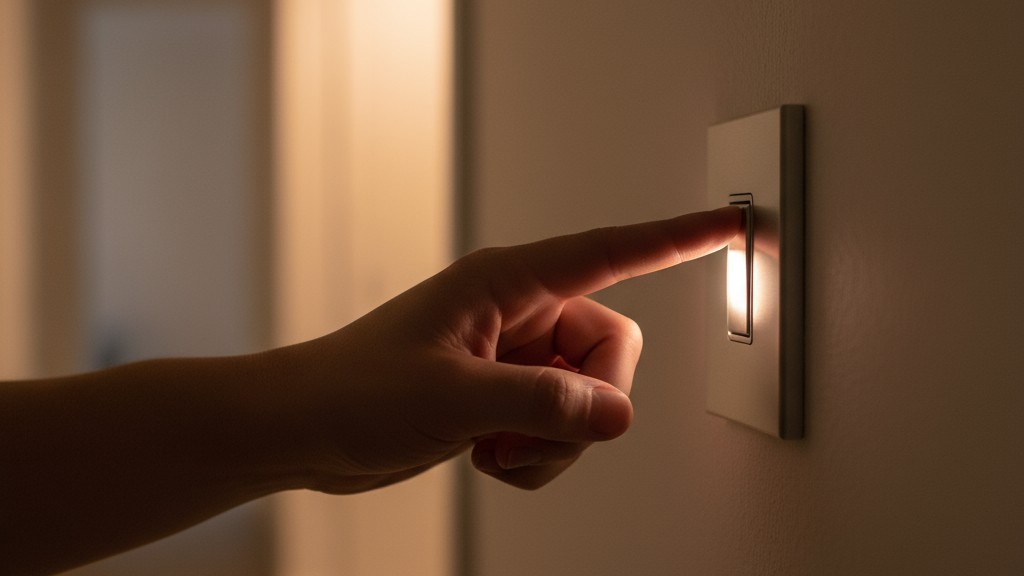
Vacancy mode inverts this structure. A person must manually flip the switch to turn the light on. The sensor’s only job is to turn the light off automatically after it confirms the room is empty.
This seemingly subtle shift fundamentally changes the user’s relationship with the system. The sensor no longer presumes to know what you need. It waits for your explicit signal—the flip of a switch—before it does anything. Once the light is on, the sensor takes over the task most often forgotten: turning it off. This design restores human judgment to the process while automating the chore.
Why Manual-On Logic Protects Toddler Sleep
For toddler households, the superiority of vacancy mode comes down to control during the most vulnerable hours of the night. Preserving sleep depends on gentle, predictable light that appears only when intended. Vacancy mode delivers.
Imagine a nighttime disruption in a home with vacancy mode. A parent, hearing a child stir, goes to the hallway and flips on the light, which is fitted with a dim, warm bulb perfect for 2 a.m. The light is already on—gentle and expected—before the toddler is even fully out of bed. The child encounters illumination that is sufficient for safety but not jarring enough to trigger full alertness. After a quick trip to the bathroom, the toddler is back in bed. The vacancy sensor, detecting that the hallway is now empty, turns off the light automatically. No one has to remember to go back and flip the switch.
Now contrast this with the occupancy mode scenario. The parent can’t pre-emptively turn on the light; the system won’t allow it. The toddler has to start moving first, triggering the sensor to snap the lights on at full brightness. The sudden shift from dark to light is a neurological shock. The human brain interprets abrupt changes like this as potential threats, releasing cortisol that promotes wakefulness. A child who was in a drowsy, half-asleep state is now wide awake.
A parent activating a light at 2 a.m. will choose the right amount of light for the moment. Occupancy mode makes no such distinction—it activates whatever bulb is connected to it, at whatever intensity it’s set for general use. A hallway light configured for daytime safety becomes a nighttime liability. Vacancy mode refines the sensor’s role, giving it the job it does best (automated shutoff) while taking away the job it does worst (deciding when light is wanted).
Get Inspired by Rayzeek Motion Sensor Portfolios.
Doesn't find what you want? Don't worry. There are always alternate ways to solve your problems. Maybe one of our portfolios can help.
Low-Lux Sensitivity: The Key to Gentle Lighting
Vacancy mode gives you control over when the light turns on, but the sensor’s sophistication determines how well it works with gentle, minimal light. This is where low-lux activation becomes essential.
Standard motion sensors need a fair amount of ambient light or contrast to detect movement reliably. This often means a dim nightlight isn’t bright enough for the sensor to “see” the subtle motion of a toddler, causing it to shut off prematurely.
Rayzeek’s low-lux technology allows its sensors to detect motion even in very low light. For parents, this means you can turn on a hallway light at a minimal, sleep-friendly intensity, and the sensor will still reliably track your toddler’s movement. It will keep the light on as long as needed and then switch it off when the coast is clear. The system doesn’t need brightness to function. It operates in that twilight zone of illumination perfect for preserving sleep: enough light to be safe, but not enough to wake everyone up.
The combination is powerful. Vacancy mode ensures a human decides when and how bright the light should be. Low-lux sensitivity ensures the sensor can do its job even when that light is incredibly dim. The result is a lighting environment that feels almost invisible—there when you need it, gone when you don’t.
Addressing the Safety Concern of Manual Activation
The most common objection to vacancy mode is an intuitive one: what if the toddler wakes up and wanders before a parent can turn the light on? Does relying on a manual switch create a safety risk?
This is a valid concern, and the answer depends on your family’s circumstances. Vacancy mode is best suited for households where parents are light sleepers who wake at the first sign of movement. It is also highly effective once toddlers are old enough to operate a light switch themselves.
When toddlers can operate switches: Around age three or four, many toddlers can reach and use light switches. Vacancy mode becomes a tool for teaching a routine: wake up, turn on the hall light, go to the bathroom. The sensor handles the shutoff after they’re back in bed, building their independence without leaving lights on all night.
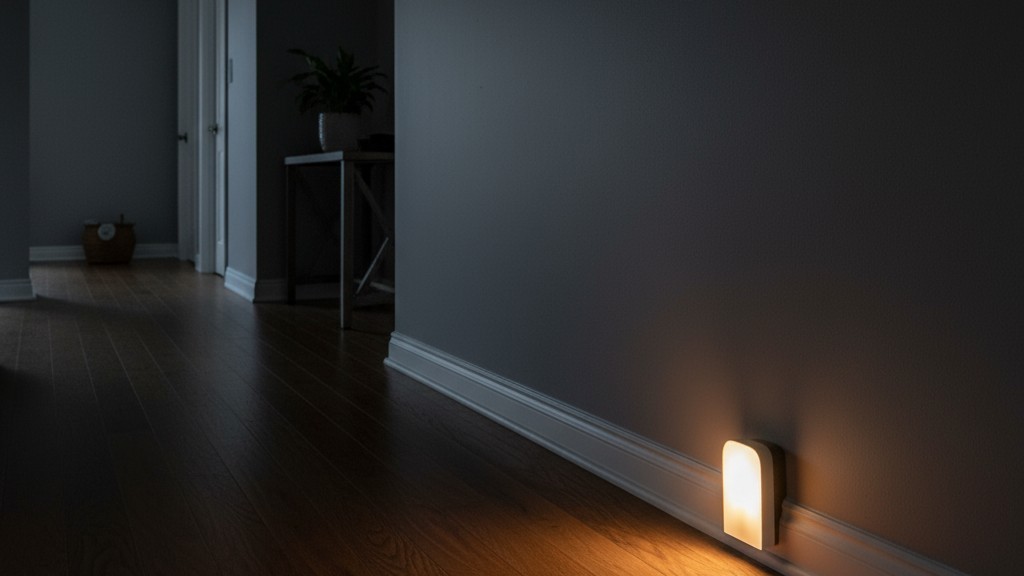
When toddlers cannot operate switches: For younger toddlers, a hybrid approach is safest. A small, always-on nightlight provides a baseline level of visibility in hallways and bathrooms, ensuring the child is never in complete darkness. The overhead vacancy-mode light is then used by the parent to add more light for supervised trips. This layered approach provides redundancy without sacrificing control over the main light source.
Vacancy mode doesn’t eliminate the need for parental vigilance; it enhances a parent’s ability to provide the right light at the right time.
Maybe You Are Interested In
When Occupancy Mode Is Still the Better Choice
Vacancy mode is the clear winner for protecting toddler sleep, but that doesn’t mean occupancy mode is useless. The two modes simply serve different priorities.
Occupancy mode excels in spaces where convenience is paramount and sudden light is not a problem. Basements, garages, storage closets, and utility rooms are perfect examples. In these areas, where your hands are often full and you just need the light to be on, the automatic activation of occupancy mode is a feature, not a flaw. It can also be useful in daytime spaces like playrooms or entryways, where motion reliably signals a need for light.
For the unique challenges of nighttime with a toddler, however, vacancy mode stands alone. It prevents the forgotten light switch while preserving the human judgment that decides when light is truly needed. It is the only configuration that lets a parent say, “I want light now, at this intensity, and I want it to turn off by itself when we’re done.” That is precisely the control a sleep-deprived family needs.
Implementing Vacancy Mode in Your Home
To get the most out of vacancy mode, you need to be strategic about where you install it and how you integrate it into your nighttime routines.
The highest-value locations are the pathways of nighttime toddler activity: hallways connecting bedrooms, the bathrooms themselves, and any common areas a child might enter. Installing vacancy sensors here gives parents control during sleep-sensitive hours while adding the convenience of automated shutoff.
Bedrooms are a more nuanced decision. A vacancy sensor can be useful if a parent often enters the room at night for diaper changes or to comfort a child, as it prevents the light from turning on when the toddler just rolls over in their sleep. However, many families prefer to keep bedroom lighting fully manual.
For the system to work, it must become part of your routine. If your child is learning to use the bathroom at night, make a habit of turning the hallway light on at a low setting before you go to bed. For younger toddlers, the routine is simpler: the parent activates the light upon hearing the child wake, and the sensor handles the rest.
Finally, configure the sensor’s sensitivity to detect the smaller, slower movements of a toddler. A sensor optimized for adult motion may shut off too early. Rayzeek sensors with adjustable, low-lux sensitivity can be fine-tuned to match your child’s specific movement patterns, ensuring the light stays on for as long as they need it.
For families in rental properties, plug-in vacancy sensors that control lamps offer a great alternative to replacing light switches. A sensor controlling a small lamp in a hallway can deliver the same manual-on, auto-off function without permanent modifications. While not as seamless as a built-in switch, it preserves the core advantage: parental control.

